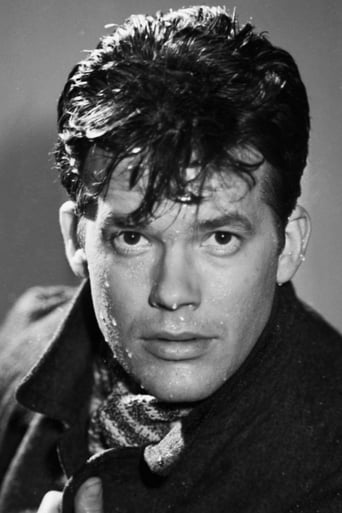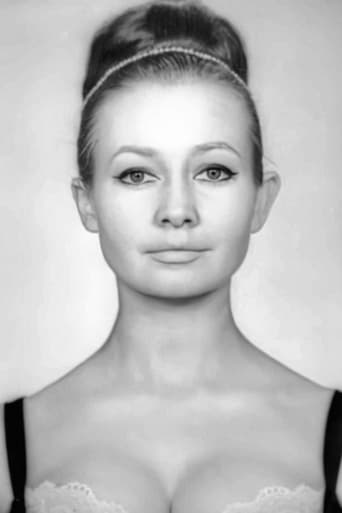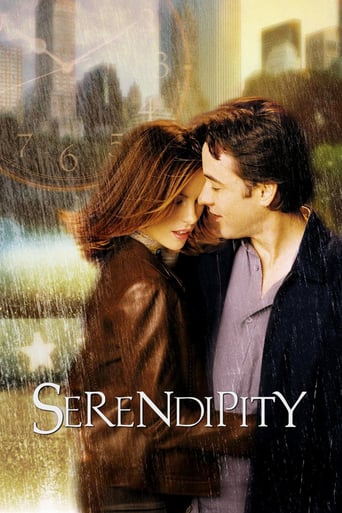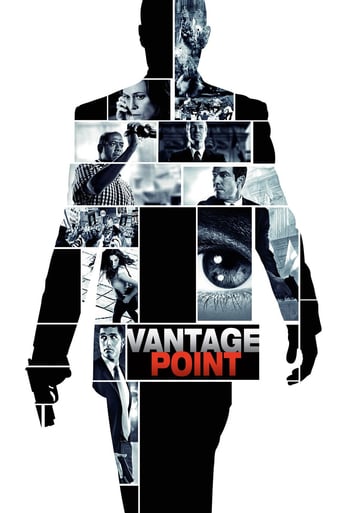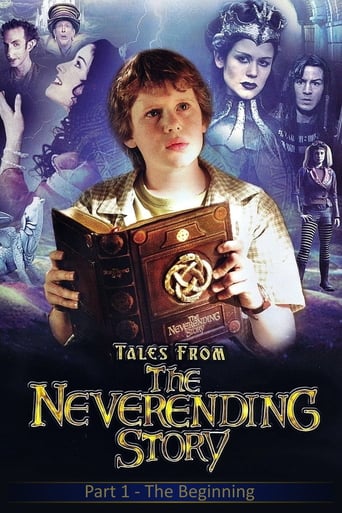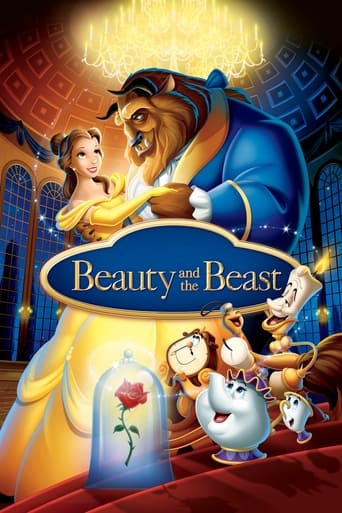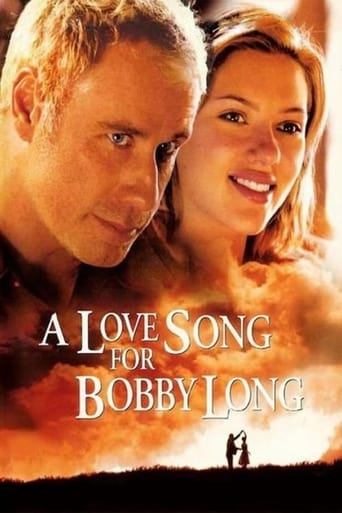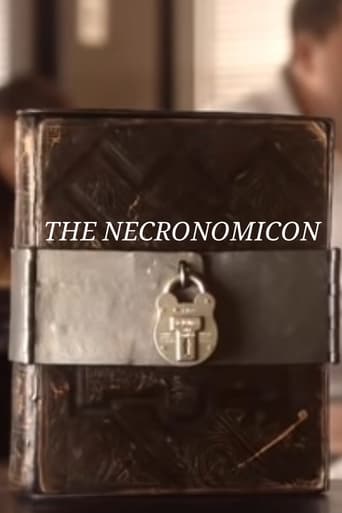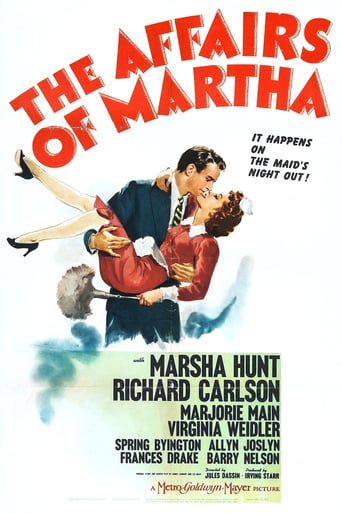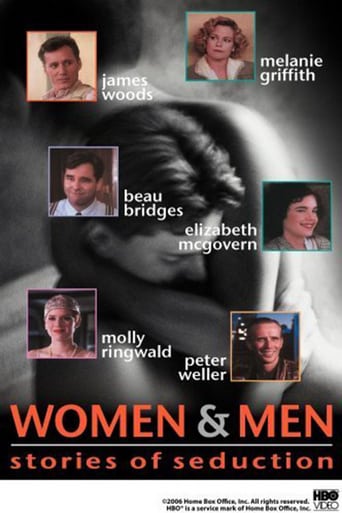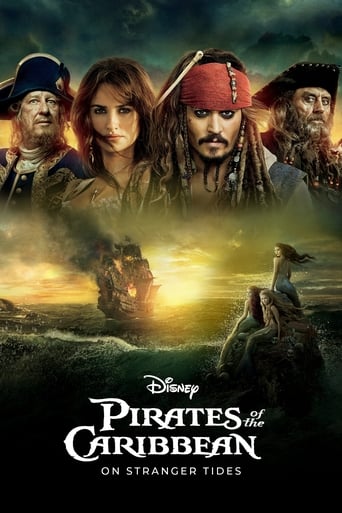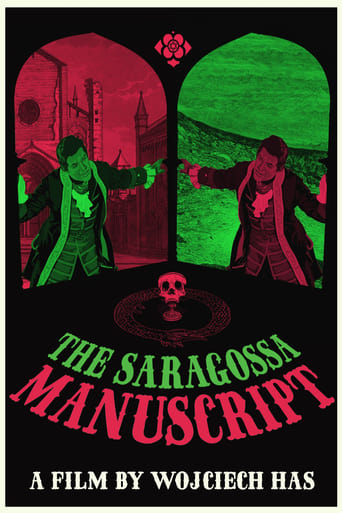
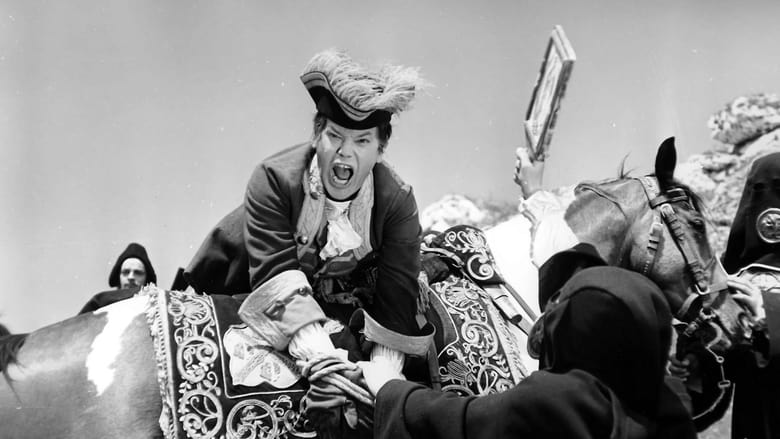
The Saragossa Manuscript (1965)
During the Napoleonic wars, a Spanish officer and an opposing officer find a book written by the former's grandfather.
Watch Trailer
Cast


Similar titles
Reviews
Wow! Such a good movie.
Highly Overrated But Still Good
Absolutely Brilliant!
Yes, absolutely, there is fun to be had, as well as many, many things to go boom, all amid an atmospheric urban jungle.
Well, this masterpiece is beyond reviews. But today, just found my original movie ticket from Jun/18/1999 at 9:30pm, when American Cinematheque in Hollywood-CA, had 7 showtimes Jun/17-20, with Martin Scorcese & Francis Ford Coppola were present in dedication to Mr. Jerry Garcia, which helped pay for rescue of this almost lost occult treasure. In its full-length version of 3hrs. "I love this movie... I saw the film 3 times, which in my case is exceptional" -- Luis Bunuel. Can't forget this masterpiece, and happy to be there once in a life time! Presently, waiting to see if Netflix could have it for rent, and see it again, this time with a vintage eco-vert red wine bottle...
This Polish film is one I found in the book 1001 Movies You Must See Before You Die, I definitely would never have heard of or watched it if it weren't for the appearance in the book, so I hoped for something good. Basically, set during the time of the Napoleonic wars, during a battle, in the Aragonese town of Saragossa (Zaragoza), an officer finds a large old book of drawings, and through the translations of an enemy officer, finds out that the author is his grandfather, captain of the Walloon guard Alfonse Van Worden (Zbigniew Cybulski). Through flashbacks the film tells the story of Van Worden, a man of honour and courage, as he encounters various characters on his journey through the Sierra Morena Mountains. These characters include Moorish princesses Emina (Iga Cembrzyńska) and Zibelda (Joanna Jędryka), a Hermit (Kazimierz Opalinski) trying to cure a possessed lunatic, a cabalist, a sceptical mathematician and rationalist philosopher, a gypsy raconteur and a member of the Spanish Inquisition. All of their characters have their own stories to tell, Van Worden listens to them and gets involved with their lives until in the end he returns to Venta Quemada, but apparently all of his experiences may have a dream as he finds himself back where he started with the book. Also starring Slawomir Lindner as Van Worden's father, Miroslawa Lombardo as Van Worden's mother, Aleksander Fogiel as Nobleman and Franciszek Pieczka as Pacheco. To be completely honest, having to read the subtitles and the leading character going from place and place and meeting new people caused me to become rather confused, I could not keep up with everything, the critics describe is as complex, my attention was only caught by certain situation settings, the battle sequences, the good period costumes and the marvellous haunting music score by Krzysztof Penderecki, all in all I'm not sure it's something I'd watch again, but it is an alright fantasy adventure drama. Worth watching, at least once, in my opinion!
I am a lover of spooky movies. Let me say, without intellectual mumbo-jumbo, that the scenes involving the succubus sisters with Alfredo are absolutely terrific, with the most incredible mood, surreal atmosphere, and gorgeous women.However (yes, there is a 'however'... or two)... the film doesn't take this to its logical conclusion. While some may find the incessant flashback-into-present origami/napkin-folding storyline to be exhilarating, I found it to be tedious. Blame it on my film-watching habits, if you like... when a movie is interesting, and I begin to get involved and engrossed, I'm not inclined to being ripped out of the hypnotic state I'm in. If you want to say that the director meant it this way, or that "it follows the book," that still doesn't excuse setting the table and then not serving dinner.I *did* watch the entire 3-hour director's cut, and I *did* understand every aspect of the film, all of the subplots, and the tie-em-up finale. I "get" the black-and-white significance, and even "dug" the Polish actors as caballeros. But it just didn't move me.Particularly annoying was the subplot concerning Suarez and Moro. Call me lowbrow, but the slapstick antics of that segment did not cause me to chuckle, but to bristle.Perhaps my biggest disappointment came after I had already accepted that the film would drag, but promised myself that some life-altering messages might be thrust my way. Alas for me, none did. No humanist credo, no foibles to examine. Just a few vague moments of spine-tingling thrills, and some very pretty females. Not enough to warrant 180 minutes.So, get your index finger ready to give me a low score, because I don't recommend this as a chiller, nor a comedy, nor even an "event," but only for aficionados of puzzling foreign films.
"The Saragossa Manuscript" is a very entertaining film that two or three viewings will eventually allow you to understand fully. Its style mixes an easy congeniality and libertine spirit à la "Tom Jones" (1963) with elements of sophisticated comedy and slapstick commedia dell'arte, all delivered by an expert cast and imbued with a tangible sense of fun and mystery.Its story centers around the efforts by a brave officer in mid-XVIIIth Century Spain to distance himself from ghosts or evil spirits that visit him every night and take the form of two charming Muslim sisters who want to be his lovers and bear his children, even in succubi form, and insist that he convert to Islam. Those erotic (and heretic) reveries also have something to do with devilry and all things forbidden and his encounters with those women are encouraged by the mysterious figure of the Cabalist (another forbidden science) and his sister Rebecca and severely repressed by roaming members of the Catholic Inquisition. This framing story is the pretext for a series of very involving and amusing moral tales told in flashback by several participants, who all echo each other and whose moral seems to be that all religious and social prohibitions and ghost stories should be taken with a grain of salt. In this ocean of mystery and gothicism stands the figure of Don Pedro Velasquez, a mathematician who befriends the hero and who seems the only character to believe in the cold light of reason (foreshadowings of Polanski's "The Fearless Vampire Killers").After several viewings, the only point in the film which remains mysterious is why Frasqueta's lover (Pena Flor) should appear with a bloodied face when he climbs in her bedroom through a window, a fact the viewer has to provide his own backstory for and which could be evidence that the original film was even longer than the 182 minutes at which it clocks in on the restored DVD edition. (Personal theory: Pena Flor really was Frasqueta's lover and the band of thugs Frasqueta hired to deceive her husband into believing he had paid to have his wife's lover killed really did attempt to kill him before he paid them to kill her husband instead.) Well, that and the fact that Jerry Garcia of the Grateful Dead, an early fan of the film and one the persons responsible for its restoration, was fond of quoting a scene from the film that doesn't seem to exist anymore (a character's confrontation with Death at the foot of his bed, which, according to DVD Savant, could come from the 1960 Mexican film "Macario")...A WORD ABOUT THE DVD: This film was restored thanks to the efforts and money of Martin Scorsese, Francis Ford Coppola and the above-mentioned Jerry Garcia, and the collaboration of the director. It was shot in Dyaliscope, the French CinemaScope equivalent, which is always projected at a standard 2.35:1 ratio. This "enhanced for widescreen TVs" DVD shows an image with a ratio of 2:1, which means that the picture information is still squeezed by a ratio of 15 % in relation to the way it should be shown normally. In this presentation, the picture is "fish-eyed" and the characters and animals appear too slim. There is no way around this problem if you watch it on a 4:3 television set. However, if you own a widescreen TV, you can set-up your DVD player as for a standard 4:3 TV monitor and gently unsqueeze the resulting picture with any one of the "cheater" modes provided by your TV model to approximate a 2:35 presentation. There is no way of knowing if this drawback is the result of simple ignorance (mistaking the 2:1 squeeze of Dyaliscope with a 2:1 projection ratio) or of a compromise allowing to use the greater part of the TV screen in both 4:3 and 1.77:1 TV sets. It took me along time to figure out this problem and I am glad to share this little trick with you.


